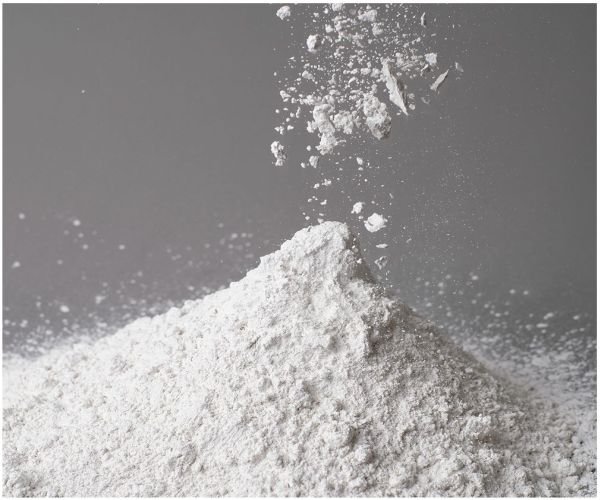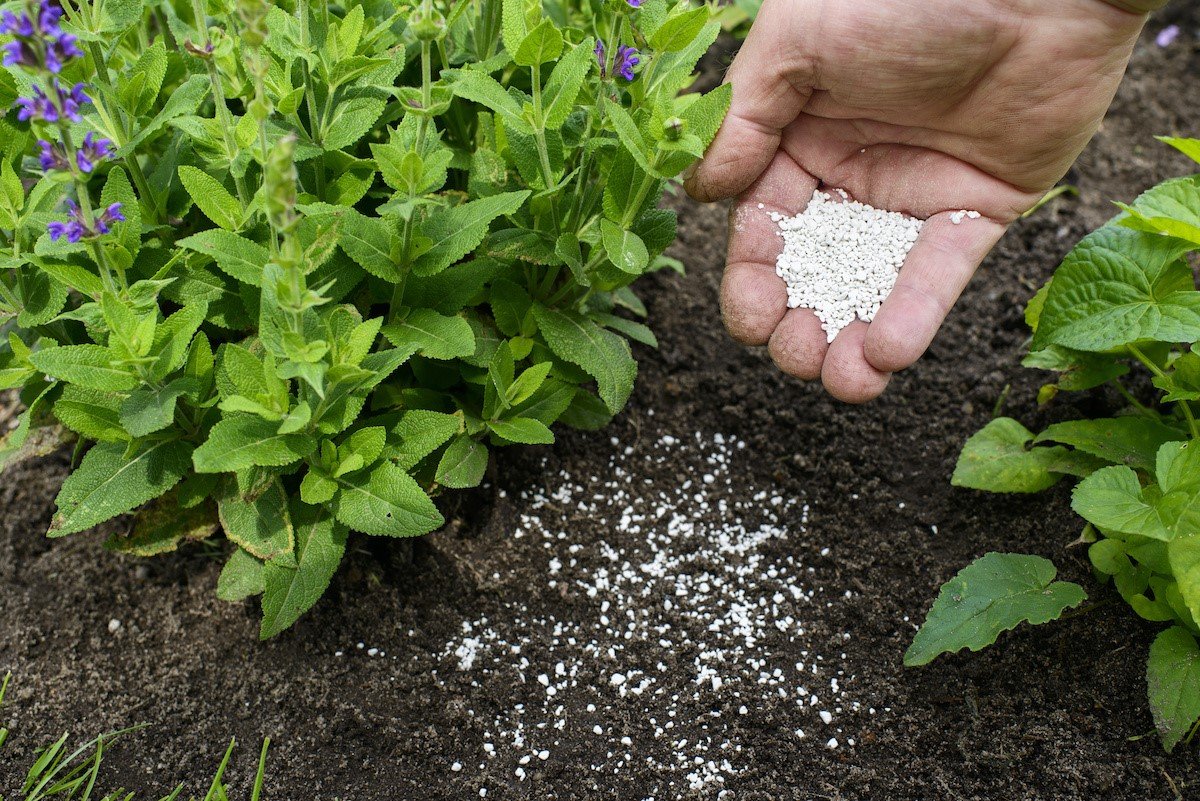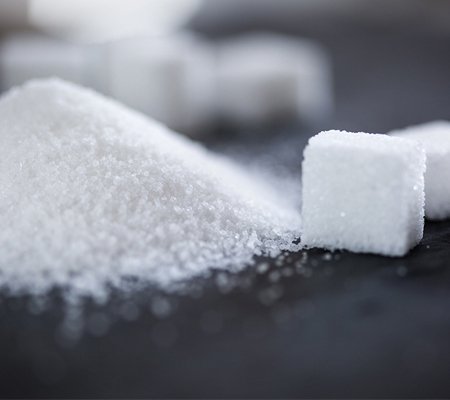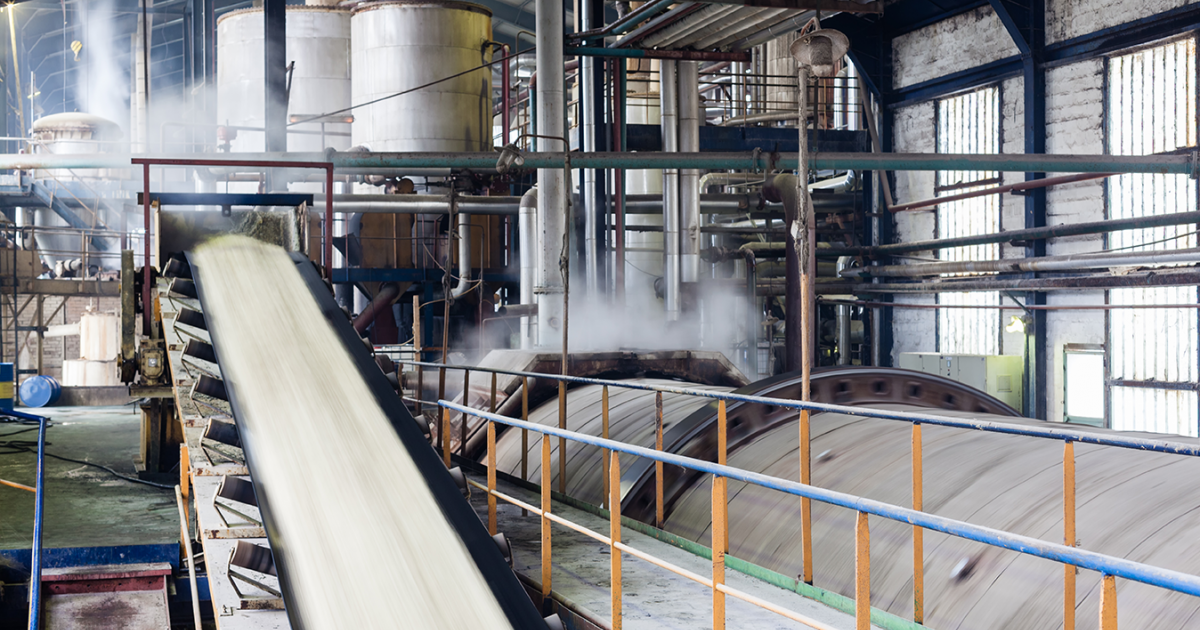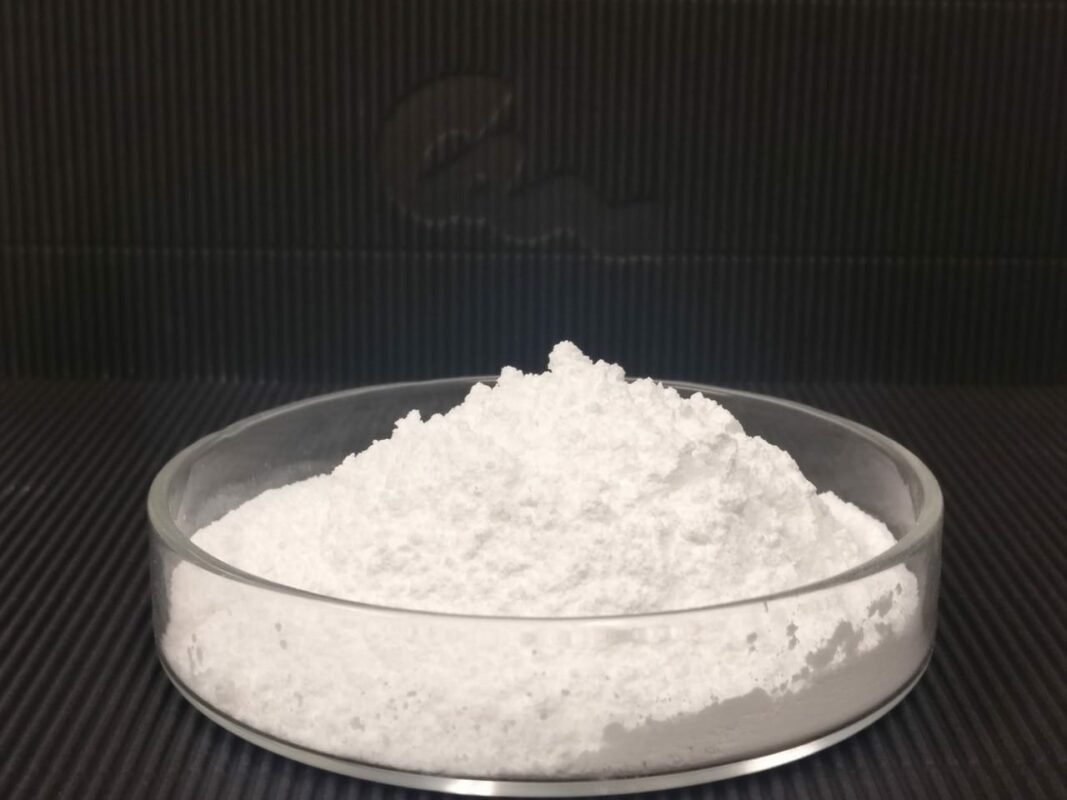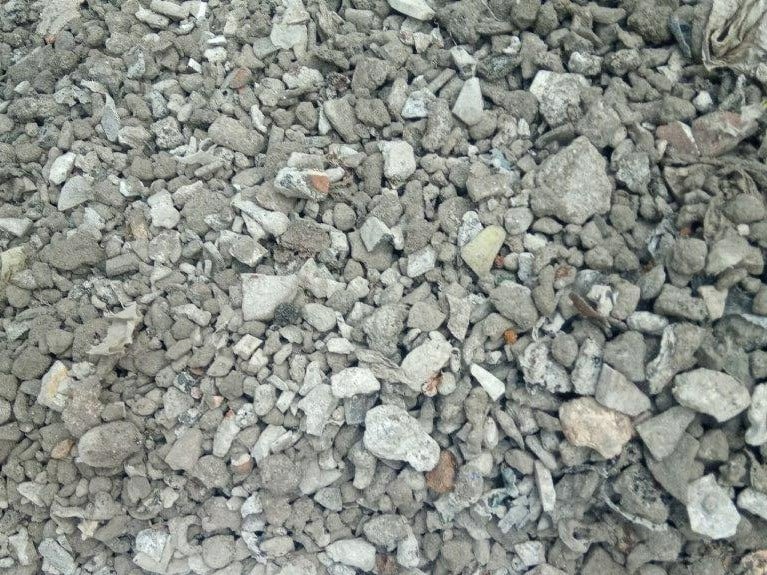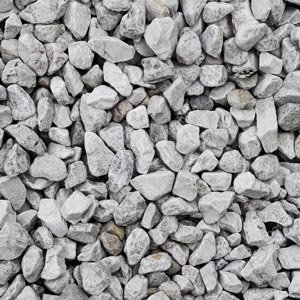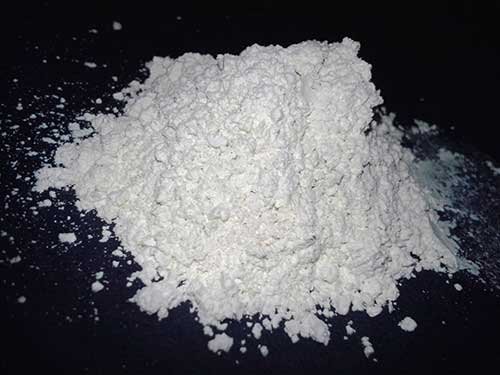Rajasthan, the vibrant state in western India, is renowned for its rich cultural heritage, majestic palaces, and exquisite craftsmanship. Another fascinating aspect of Rajasthan is its lime production, which has a long-standing history and plays a significant role in the state’s architecture and artistry. In this blog post, we will delve into the different types of Rajasthan lime and discover their unique qualities.
1.Makrana Lime:
Makrana, a small town in the Nagaur district of Rajasthan, is famous for its high-quality marble and lime. Makrana lime, derived from the renowned Makrana marble mines, is known for its exceptional whiteness and purity. It has been used in the construction of several architectural marvels, including the iconic Taj Mahal. Makrana lime possesses excellent binding properties and is extensively employed in plastering, flooring, and sculpting.
2. Kota Lime:
Kota, a historic city in Rajasthan, is renowned for its sandstone and limestone deposits. Kota lime, extracted from the abundant limestone quarries in the region, is widely used in the construction industry. It is appreciated for its durability, weather resistance, and smooth finish. Kota lime finds application in the construction of floors, walls, and intricate carvings. The famous Kota Doria textile, known for its transparency and strength, also incorporates Kota lime as a crucial ingredient in its manufacturing process.
3. Jaisalmer Lime:
Jaisalmer, the golden city of Rajasthan, is famous for its breathtaking sandstone architecture. Jaisalmer lime, obtained from the local sandstone quarries, is an integral part of the city’s magnificent structures, including the Jaisalmer Fort. This lime variant is prized for its distinctive yellowish hue and excellent heat insulating properties. Jaisalmer lime is extensively used in wall plasters, murals, and frescoes, imparting a warm and rustic charm to the architectural elements.
4. Bundi Lime:
Bundi, a picturesque town in Rajasthan, is renowned for its traditional architecture, palaces, and step wells. Bundi lime, derived from the abundant limestone resources in the region, is highly valued for its superior adhesive properties and longevity. It is widely used in the construction of buildings and restoration work, ensuring structural stability and enhancing the aesthetic appeal of the structures. The famous Bundi miniature paintings, with their vibrant colors and intricate detailing, also rely on Bundi lime as a binding agent.
5. Bikaner Lime:
Bikaner, an ancient city in Rajasthan, is known for its stunning palaces, havelis, and temples. Bikaner lime, extracted from the limestone quarries in the region, is a key ingredient in the city’s architectural heritage. This lime variant offers excellent water resistance, making it suitable for regions with arid climatic conditions like Bikaner. Bikaner lime is extensively used in wall plasters, decorative elements, and frescoes, adding a touch of grandeur to the structures.
In conclusion, Rajasthan lime is a treasure trove of diverse varieties that have played a vital role in the state’s architectural splendor. From the pure whiteness of Makrana lime to the golden hues of Jaisalmer lime, each variant offers unique qualities that contribute to the beauty and durability of Rajasthan’s structures. The intricate carvings, vibrant paintings, and mesmerizing palaces stand as a testament to the craftsmanship and skill of the artisans who have harnessed the potential of Rajasthan lime throughout history. By exploring and preserving these lime varieties, we can continue to appreciate the remarkable heritage of Rajasthan’s architectural marvels.



